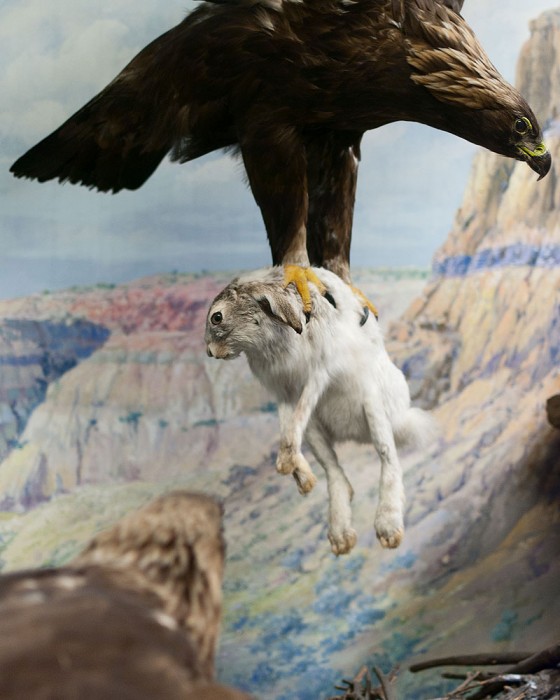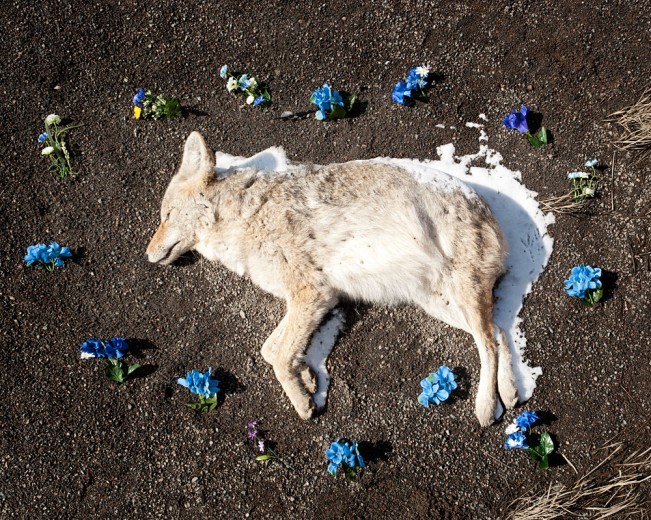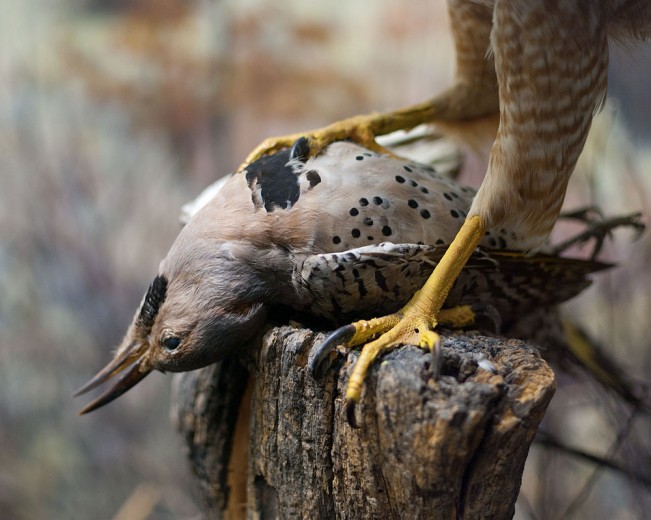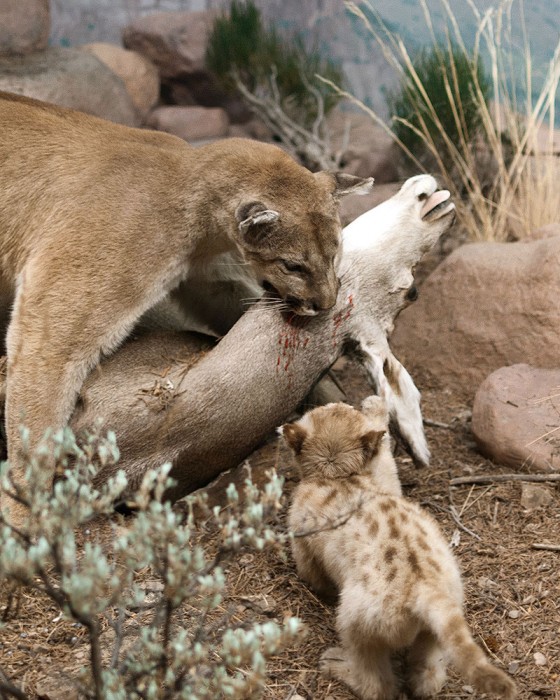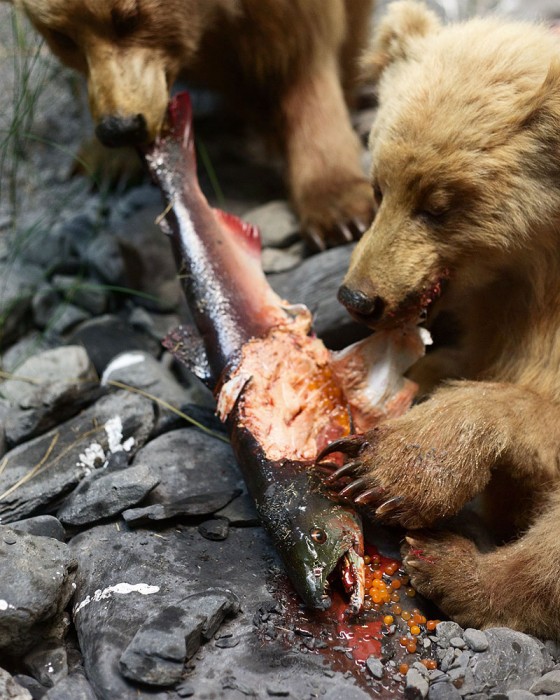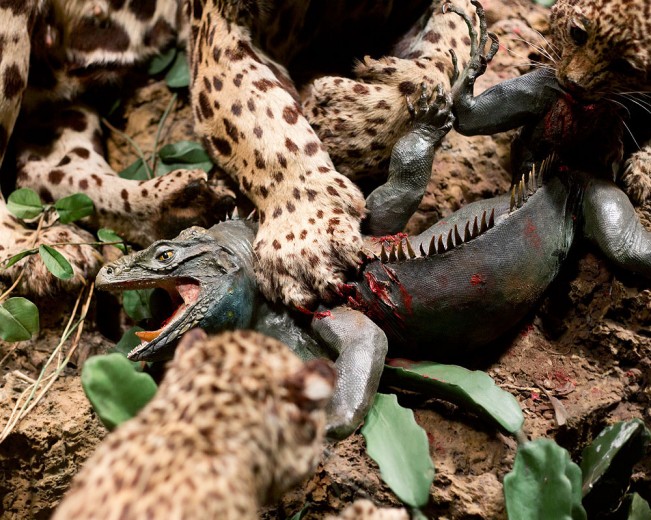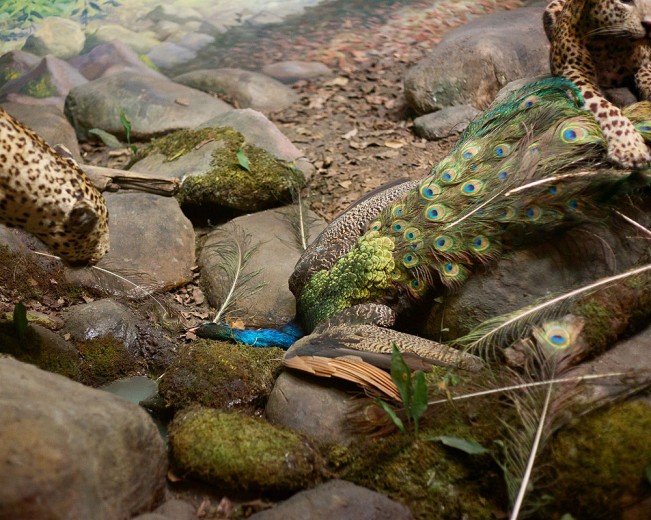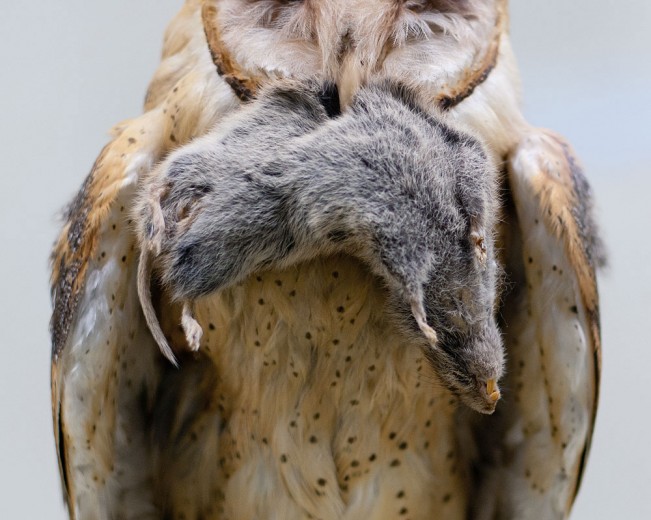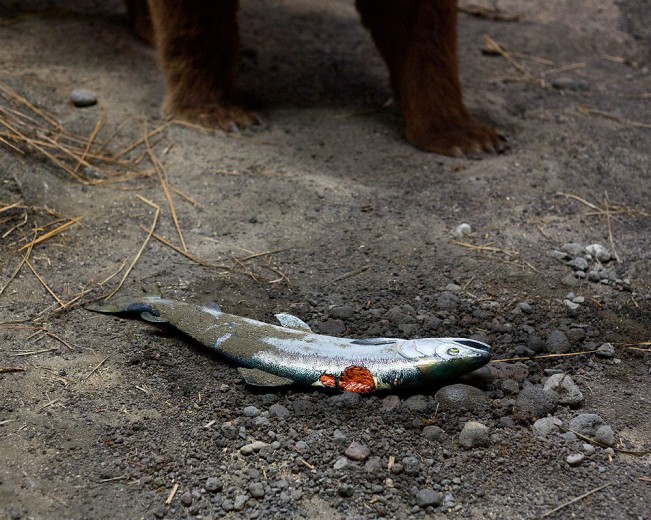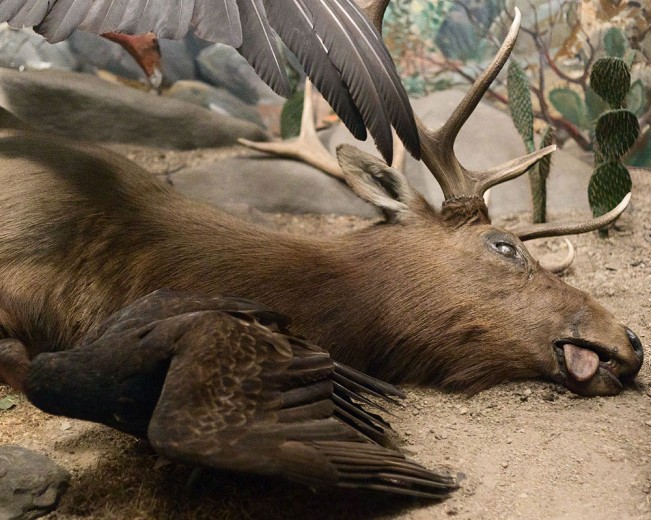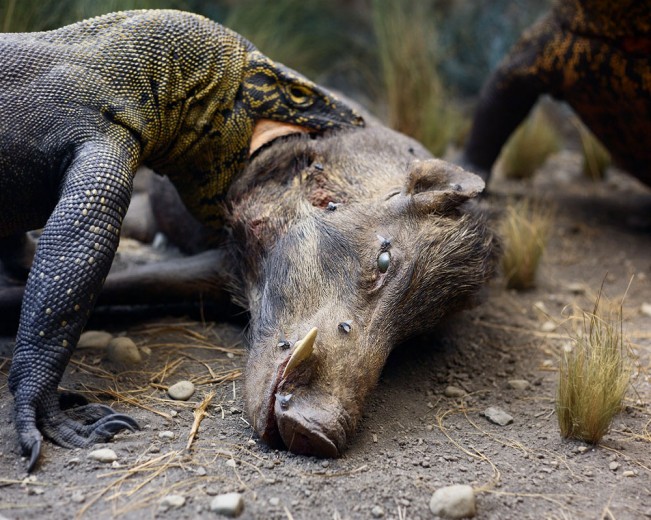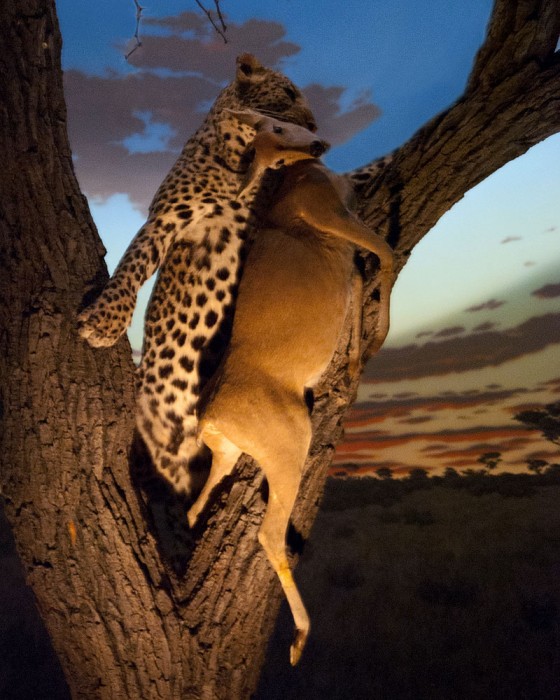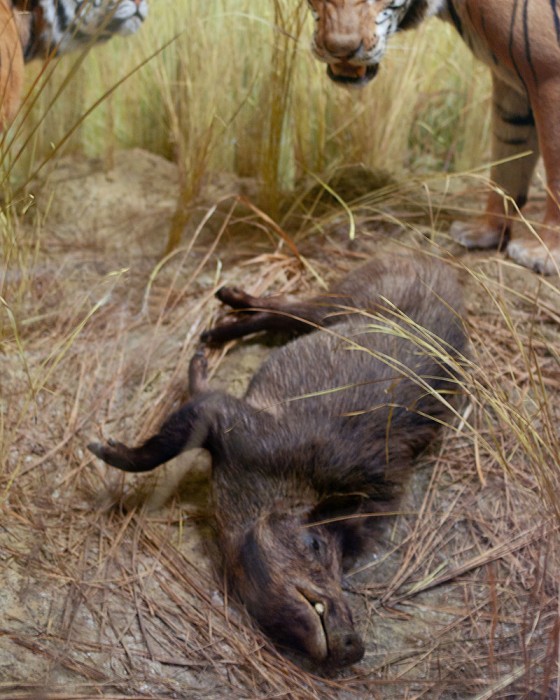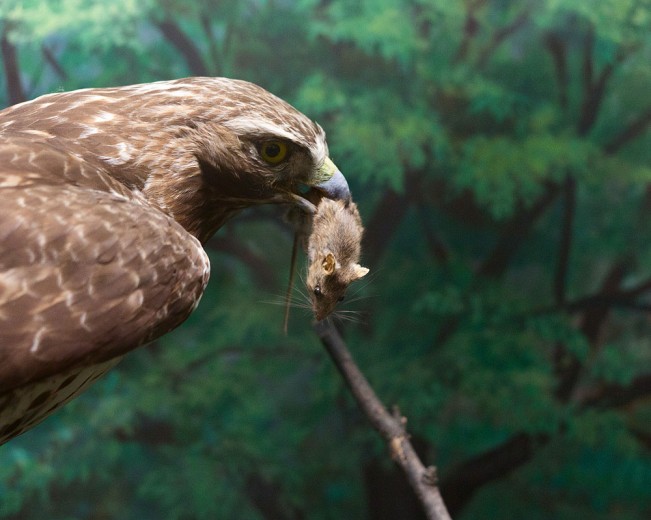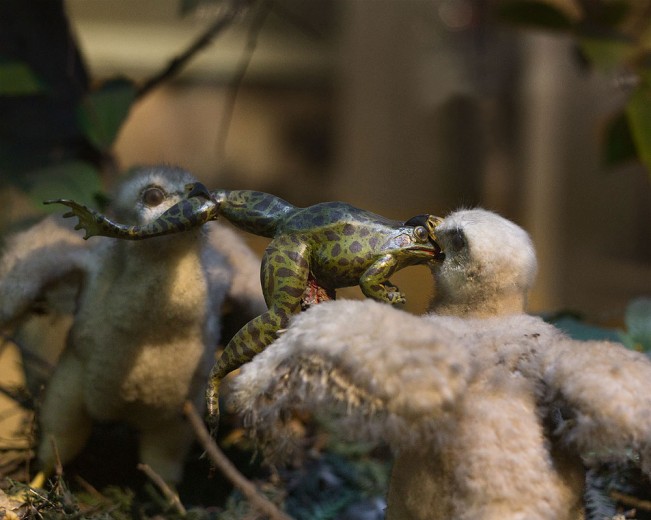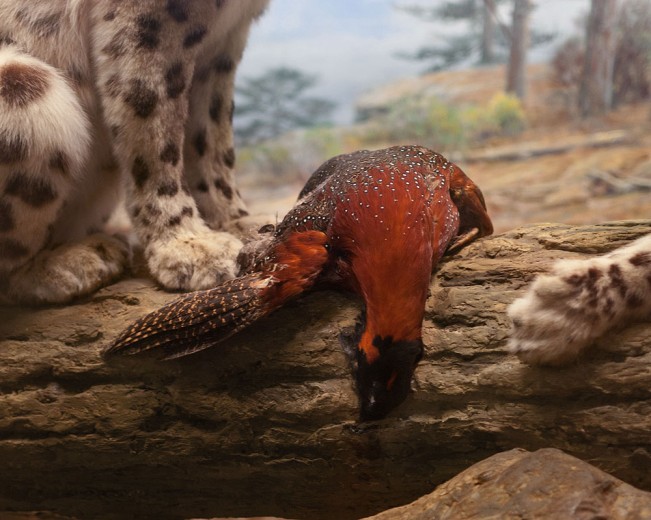Emma Kisiel: Another Death
Emma Kisiel has long been interested in animals and animal behaviors. I met Emma several years ago at the Center of Fine Art Photography in Fort Collins, Colorado and was impressed with her series, At Rest, where she created memorials for animals that had found untimely deaths.
Emma has a new series, Another Death, where she considers the idea of taxidermy, in particular, death depicted through taxidermy, and how the viewer relates to the animal world through that presentation. Emma is also the author of the blog and online artist index, Muybridge’s Horse, which showcases the work of artists interested in the human-animal interaction.
Emma holds a bachelor of fine arts with an emphasis in photography from the University of Colorado Denver. She has exhibited her work nationally and her photographs have been featured online on Lenscratch, Esquire Magazine Russia, F-Stop Magazine, Feature Shoot, and Juxtapoz Magazine, as well as in print in BLINK Magazine and Shots Magazine. She is currently based in Lawrence, Kansas.
Emma uses photography to document and ponder her emotional and physical closeness to animals, both living and dead; the significance and future of taxidermy in museums of natural history; and the 21st century culture of places where visitors can experience captive and preserved animals. Often, her images question the authenticity of the moments we share with animals, as well as our comfort with our own mortality. While at times repulsive and confrontational,Emma’s photographs draw attention to the preciousness of animals and the importance of a relationship with them, in a sincere and genuine form.
Another Death
In the body of work, Another Death, I use photography to contemplate the cultural role of taxidermy and the meaning of this form of looking at animals after their death. By capturing the bizarre representation of animals, already lifeless yet in the throes of death, I question the purpose of both creating taxidermy and photographing it. Photographing a taxidermy piece created to represent a dead animal–a twice removal; a version of a version of a creature or a scene–symbolizes the distant, limited experience we have of animals today.A shift is beginning to take place as young people visiting educational institutions find virtual representations and interactive screens more engaging than traditional displays such as taxidermy and dioramas. The death, fabricated drama, and sense of removal in my photographs reflect on these same qualities on the subject of taxidermy’s future in a changing world, a world in which what is considered a “real” experience with animals is certainly transforming.
Posts on Lenscratch may not be reproduced without the permission of the Lenscratch staff and the photographer.
Recommended
-
Salua Ares: Absense as FormNovember 29th, 2025
-
Ricardo Miguel Hernández: When the memory turns to dust and Beyond PainNovember 28th, 2025
-
Pamela Landau Connolly: Columbus DriveNovember 26th, 2025
-
KELIY ANDERSON-STALEY: Wilderness No longer at the Edge of ThingsNovember 19th, 2025
-
Jackie Mulder: Thought TrailsNovember 18th, 2025

